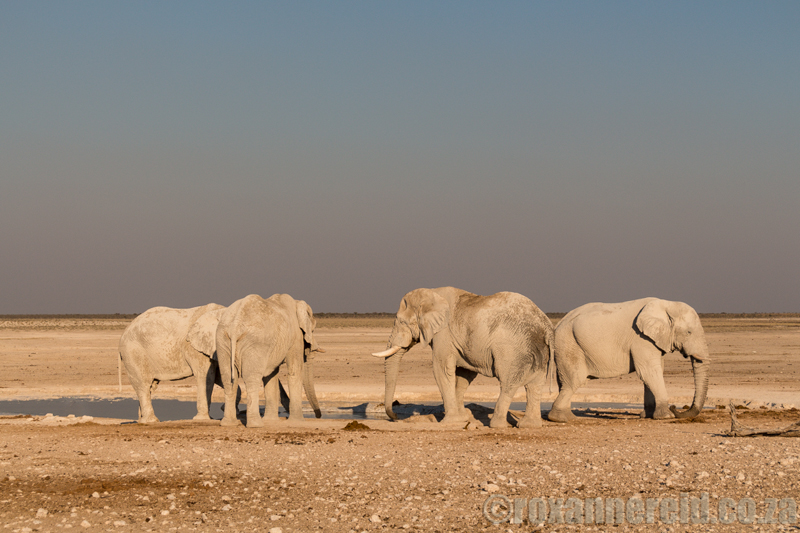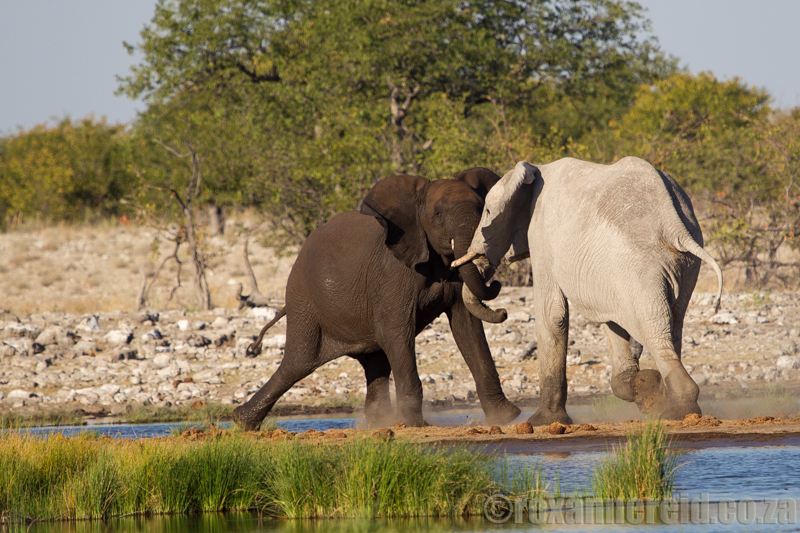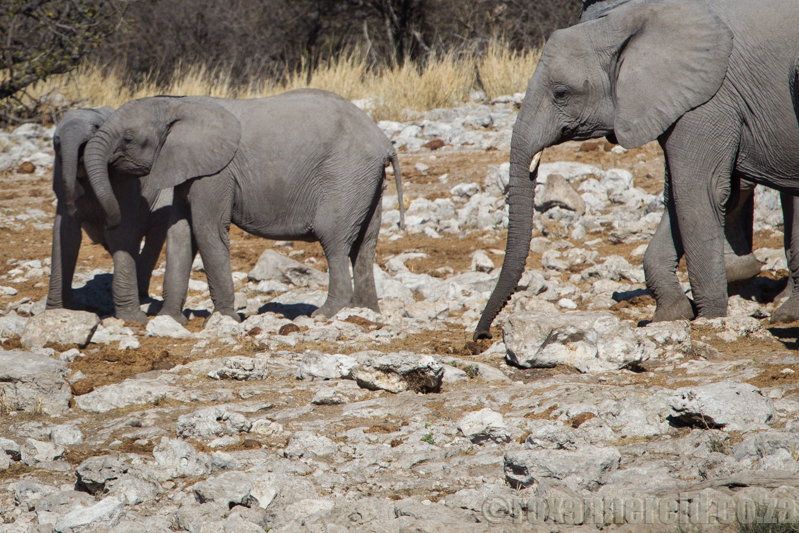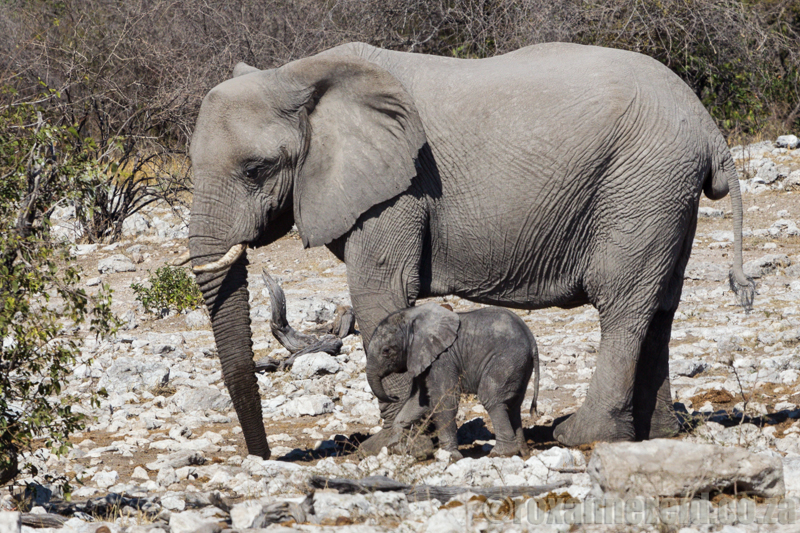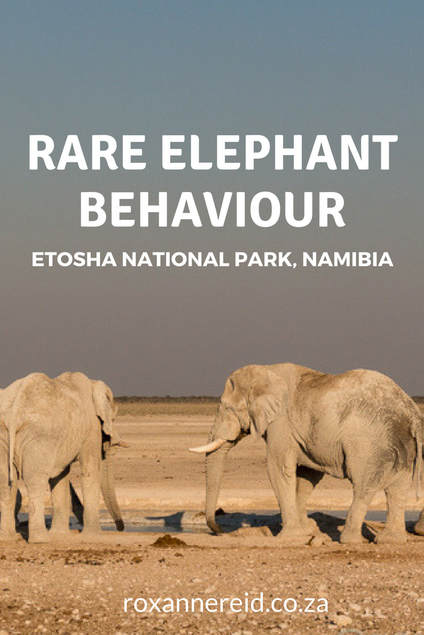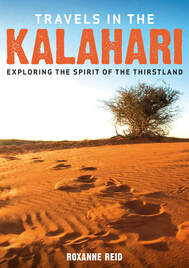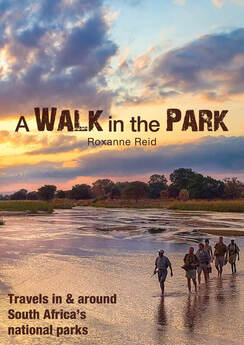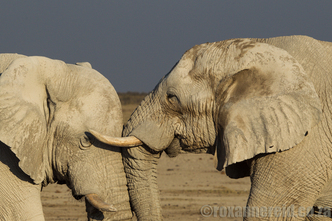
Elephants are endlessly fascinating. But in Etosha National Park this winter, we were privileged to see a rare elephant behaviour, so rare that not even elephant scientists have often witnessed it in the wild.
At Rietfontein waterhole two young bull elephants were having a head-butting competition. One was dark grey, being wet from a full-immersion swim. The other was white-grey from the Etosha dust and mud, so it was an interesting picture of contrasts.
That they don’t get trampled in that forest of massive legs is testimony to the adult elephants’ care of the young. A car came in too close and too noisily; immediately older ellies huddled protectively around the little ones, pushing them to the centre of the scrum, keeping them from harm.
And that’s when we saw something we’d never seen before, in more than 20 years of watching elephants throughout southern Africa.
One of the waiting elephants reached out to pick up a piece of ellie dung in its trunk. Slowly but deliberately, it placed the dung ball in its mouth then reached down for another. Before long, a little one made like a copy cat and ate a few pieces of its own.
But according to elephant boffin Dr Keith Leggett it’s not common in elephants and rarely recorded.
‘I can’t work out whether this is because most observers don’t like the behaviour and so ignore it or it is truly rare,’ he says.
He recorded it a few times in the arid zones of Namibia, when it coincided with the first leaf flush of a particular commiphora species. At such times, he reckons, it’s probably to get hold of a gut bacteria that might help to digest plant material.
And of course the calves are just mimicking the adults.
So now you know: elephants, like rats and rabbits, will sometimes eat their own poo. It's rare, but it happens.
Have you ever witnessed this in the wild? Let us know in the comments below.
You may also enjoy
Interesting facts about elephants at Letaba rest camp, Kruger
More about Etosha
Like it? Pin this image!
